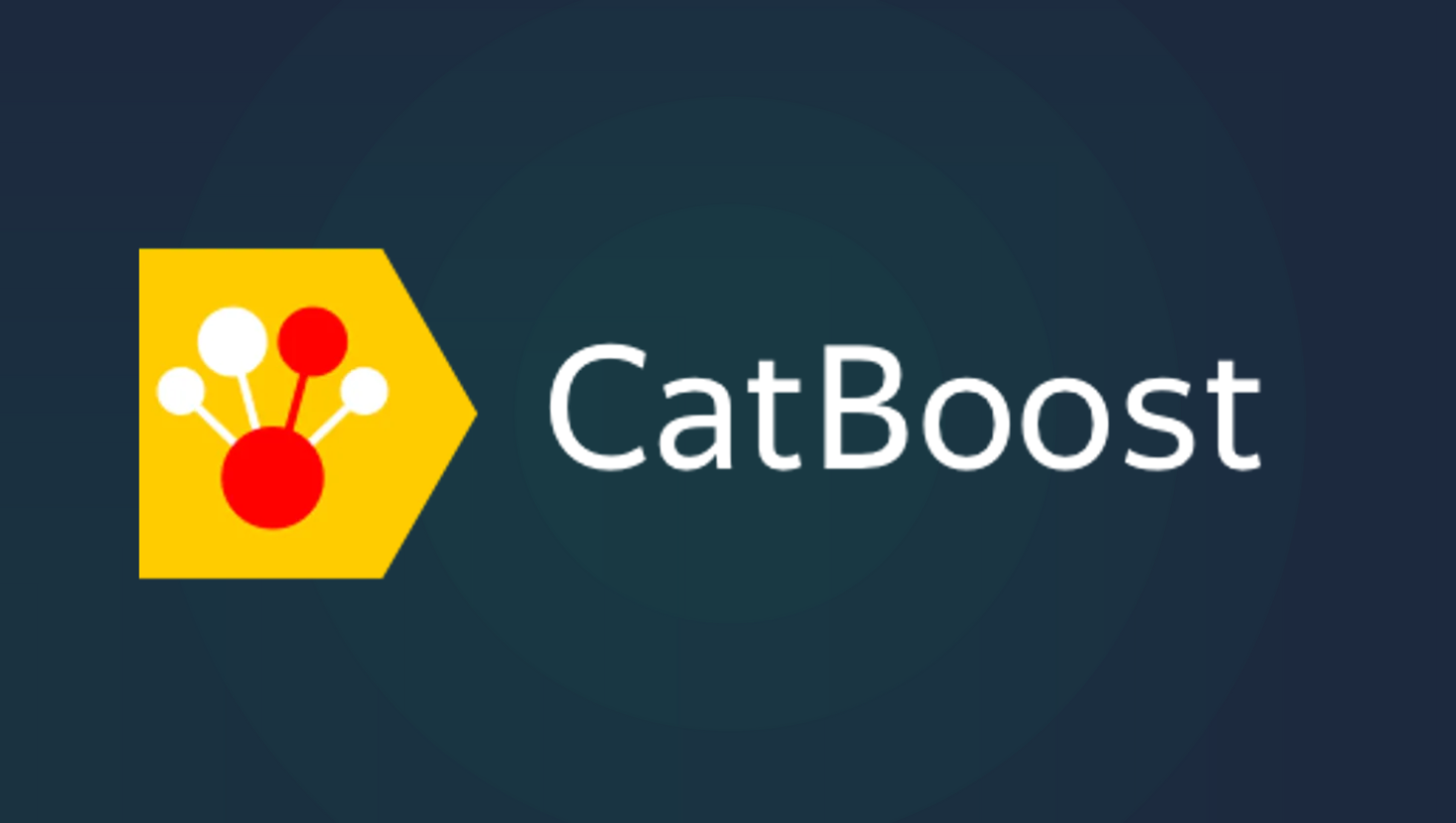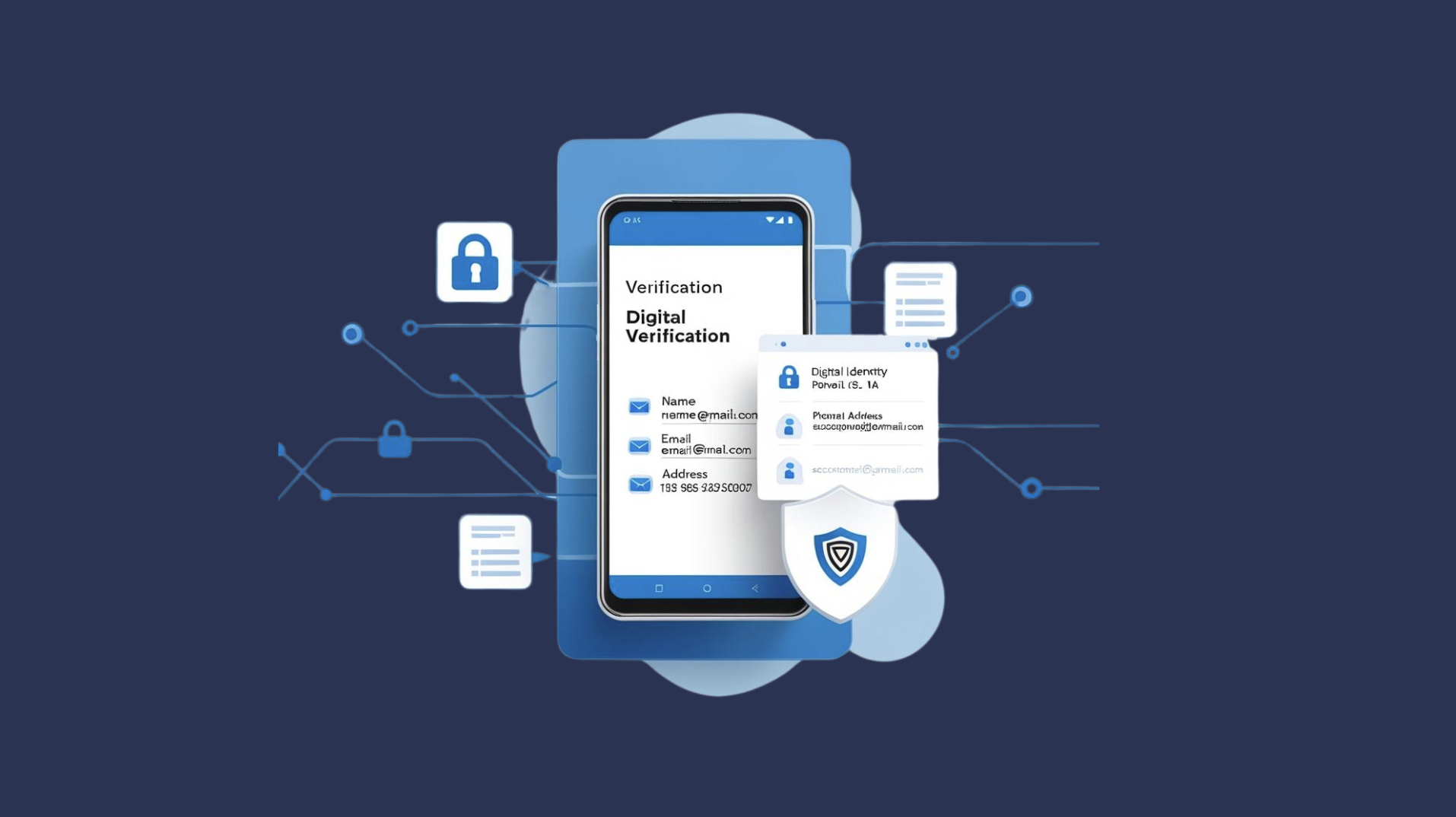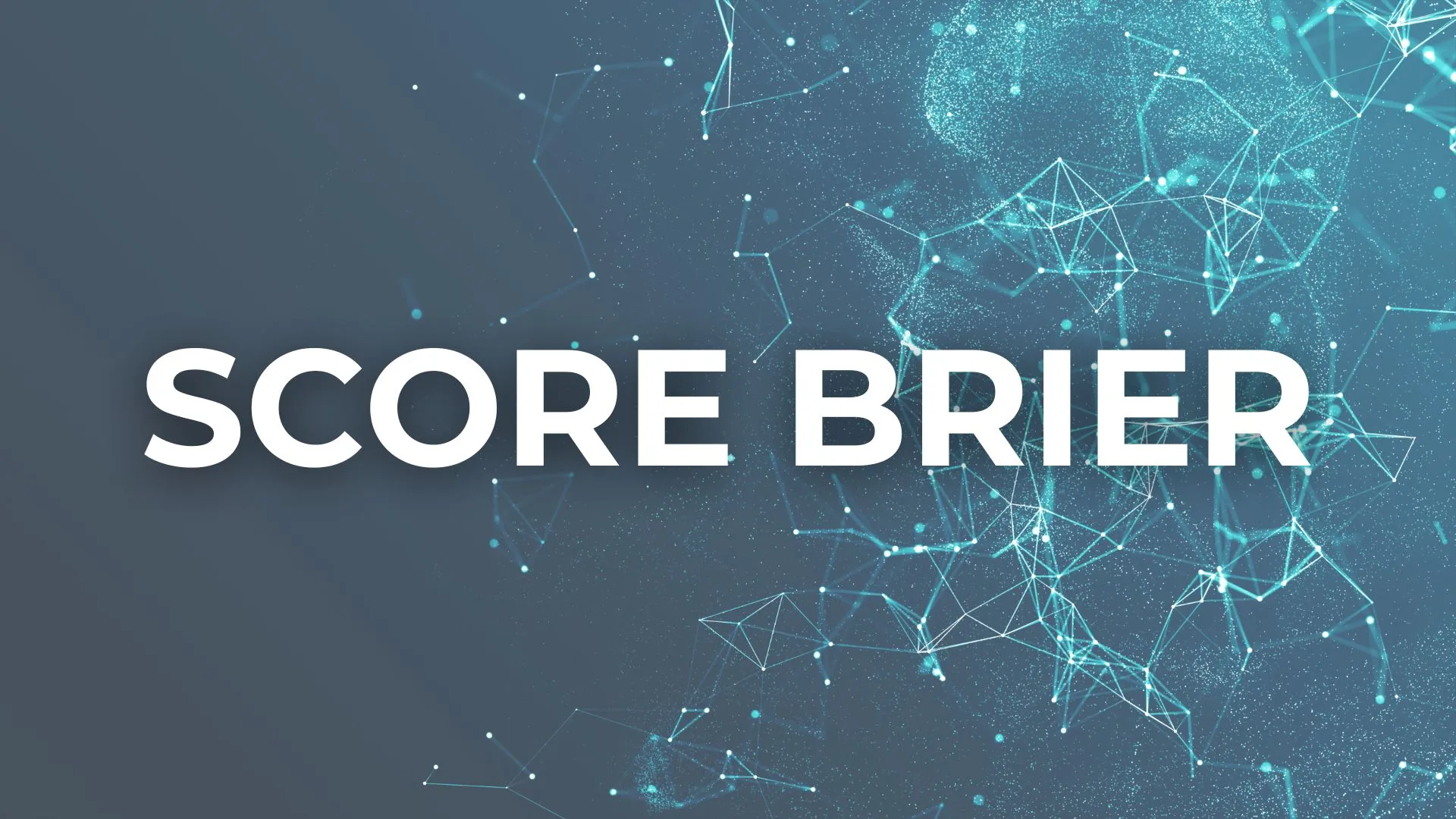What is a boosting algorithm?
Boosting is an essential machine learning technique which aims to improve the precision of predictive models. The main idea of boosting is to convert a set of so-called "weak" learners (that is to say unaccoming models) into a "strong" global model, capable of making predictions of great accuracy.
How does it work?
In machine learning , the data scientists cause models on labeled data to allow them to make predictions on unseated data. This is called supervised learning.
However, these models can make mistakes, especially if training data is incomplete or biased. To explain this simply, imagine that you train a model to recognize cats. If the identification model is only brought into white cat images, it can occasionally make mistakes when identifying a black cat. Boosting is attacking this problem by drawing several models in a successively, each focusing on the errors made by previous models .
However, it is important to specify that, even if this iterative approach gradually reduces the inaccuracies of the system and improves its performance on all training data, it does not guarantee the ability to detect types of cats not present in the initial training data .
Boosting Learnin G machine
Just as vitamin D strengthens our immune system, the approach of M Achine L Earning by Boosting strengthens our capacity to make precise predictions . It brings the robustness necessary to perform, even in complex conditions.
Why is so important boosting?
As we have seen, boosting is a powerful tool for improving the precision of predictive models. The result is increasingly reliable predictions, even for difficult or little represented data. Where other algorithms may have trouble obtaining satisfactory results, boosting is an ally of choice, especially in the field of fraud .
✔️Solid and more precise predictions.
✔️Transformation of simple models into more powerful and efficient models.
✔️Robustness in front of errors, even in complex environments.
✔️Better data management, even underrepresented, which makes it possible to detect rare events such as isolated incidents or unusual fraud patterns.
✔️Adaptability to heterogeneous and complex data of which certain erroneous or abnormal values could escape a standard machine learning model.
What is the Catboost?
The Catboos T , contraction of the terms “ Categorical ” and “ Boosting ”, is the gradient boosting algorithm on the market. A cutting -edge technology, very recently developed, the Catboost has been designed to minimize errors and improve forecasts by making its iterations through decision -making trees.
One of the major Catboost lies in its ability to effectively process category data, such as names, colors, or categories of objects, without having to transform them into one-hot vectors . This specificity greatly simplifies the training process and the work of data scientists. It is, moreover, capable of treating the missing values and applies internally a cross validation to choose the best hyperparammeters for the model.
What is the Catboost?
Catboost used mainly for complex classification, regression or recommendation tasks, where we are trying to predict a result based on input variables. For example, it can be used for:
detection of fraud;
the prediction of diseases;
the prediction of purchasing behavior;
price forecast;
forecasting the share price;
Analysis of feelings;
the recommendation of various content;
the recommendation of job offers.
In summary, it is a versatile and efficient algorithm, adapted to a multitude of machine learning applications, in many fields.
Why is Catboost an ultra efficient and versatile model ?
The Catboost provides excellent results immediate, without requiring in -depth settings of the parameters.
In addition, it is robust in the face of surapprentiation and automatically manages the categorical characteristics and missing values. Thanks to these features, it is more efficient and easier to use than other boosting algorithms . It is a “ready -to -use” model that saves considerable time and reduces the risk of errors.
The Catboost reaches precision levels higher than those of other models available on the market, especially in complex data game situations.
What can be the limits of the catboost?
Despite its many advantages, the Catboost has some limits, including:
significant memory consumption;
long training times, especially for large data sets;
A hyperparameters adjustment which can be complex in some cases.
In addition, the Catboost , still little used because of its recence , has, for the moment, a reduced community of user and less complete documentation compared to other more widespread algorithms on the market.
Meelo has chosen Catboost to combine innovation and precision
We have opted for the Catboost because of its advantages in terms of processing of categorical data and its impressive performance.
As we work with very varied datasets, often containing complex qualitative data, the Catboost allows us to quickly obtain an efficient model without requiring extensive optimization of hyperparameters. The time saved is precious for our teams and allows them to focus on the permanent improvement in the performance of our antifraude scoring model .
.
What cases do we use the catboost?
We use the Catboost mainly in projects where fraud detection performance is essential, but also in scoring and prediction applications. For example, in the funding sector to individuals, where it is crucial to detect suspicious anomalies or behaviors, the Catboost plays a key role in improving our prediction models.
The Catboost provides the Meelo with reliability and precision in the analysis of unprecedented complex data. It allows us to provide high quality predictive solutions with remarkable speed. boosting tool that allows us to push the limits of innovation in machine learning . At Meelo , we are proud to use it to provide our customers with ever more reliable and efficient fraud solutions .




